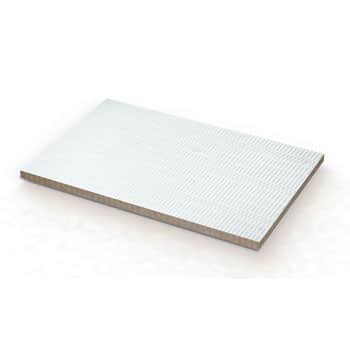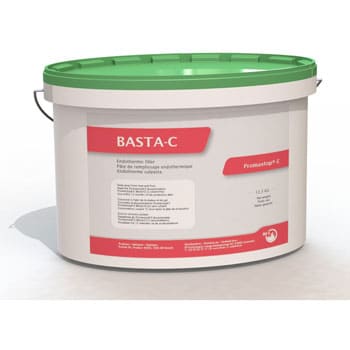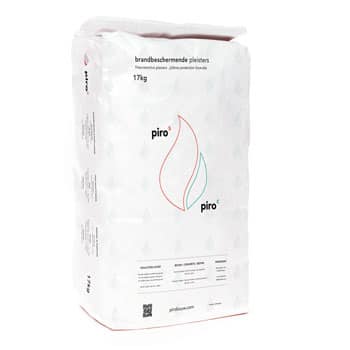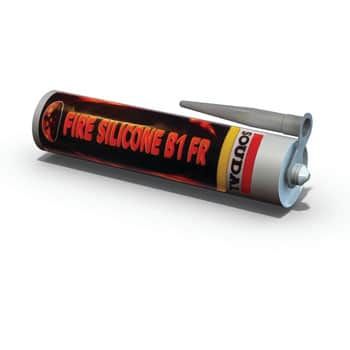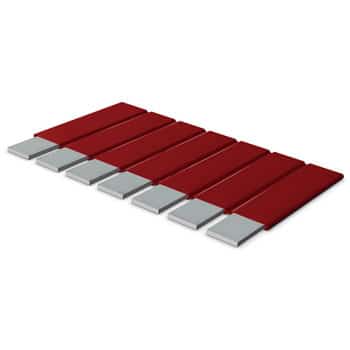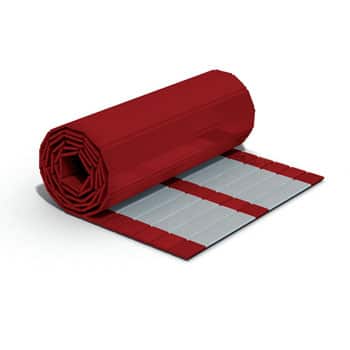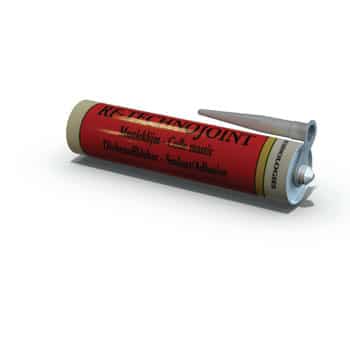Sealing Materials for Fire Dampers
Ensuring Safety and Compliance:
The Importance of Choosing the Right Sealing Materials for Fire Damper Installation
Rf-Technologies
Introduction
Fire safety is a paramount concern in any building, whether residential, commercial, or industrial. One crucial aspect of fire safety is the proper installation of fire dampers within HVAC systems. These devices play a critical role in preventing the spread of flames and smoke throughout a building during a fire. However, the effectiveness of fire dampers heavily relies on the quality and suitability of the sealing materials used during their installation. In this article, we will delve into the significance of selecting the right sealing materials, such as fire-resistant stone wool board, fire-resistant coatings, fire-resistant plaster, fire-resistant silicone sealant, flexible fire-resistant strips, and sealant glue, to ensure optimal fire damper functionality and compliance with safety regulations.
1. Fire-Resistant Stone Wool Board
Fire-resistant stone wool board is an excellent choice for creating a fireproof barrier around fire dampers. Its high melting point and insulation properties make it ideal for containing flames and heat. When used as a surrounding material, stone wool board helps prevent the spread of fire by maintaining the integrity of the damper assembly, providing critical time for evacuation and firefighting efforts.
2. Fire-Resistant Coatings
Applying fire-resistant coatings to fire damper installations enhances their ability to withstand extreme heat and flames. These coatings form a protective layer that can withstand high temperatures, helping to prevent the damper’s components from warping or deteriorating during a fire. By maintaining the structural integrity of the dampers, these coatings contribute significantly to containing fire and smoke within specific compartments.
3. Fire-Resistant Plaster
Fire-resistant plaster is another crucial sealing material that offers added protection to fire damper installations. It helps create a barrier that prevents the spread of flames, smoke, and toxic gases. Fire-resistant plaster is applied to the openings surrounding the damper, providing an additional layer of defense against fire propagation.
4. Fire-Resistant Silicone Sealant
Silicone sealants designed for fire resistance are essential for sealing gaps and joints in fire damper installations. These sealants remain flexible even at high temperatures, ensuring that there are no vulnerable points where flames or smoke can penetrate. They effectively seal off potential escape routes for fire and play a significant role in maintaining the integrity of fire compartments.
5. Flexible Fire-Resistant Strips
Flexible fire-resistant strips are invaluable for sealing irregular gaps around fire dampers. These strips are designed to expand and contract with temperature changes while providing an effective barrier against flames and smoke. By filling any openings or crevices, these strips contribute to the overall fire containment strategy.
6. Sealant Glue
Sealant glues designed for fire resistance are crucial for securing fire dampers in place and ensuring a tight fit. They not only help prevent air leakage but also contribute to the structural integrity of the installation. Fire-resistant sealant glue ensures that the damper remains effective even in the event of a fire.
Conclusion
The proper installation of fire dampers is an essential aspect of fire safety in any building. To ensure their functionality and compliance with safety regulations, choosing the right sealing materials is of utmost importance. Fire-resistant stone wool board, coatings, plaster, silicone sealant, flexible strips, and sealant glue all play unique roles in creating a robust barrier against flames, smoke, and heat. By carefully selecting and using these materials, building owners and operators can enhance fire safety measures, protect occupants’ lives, and minimize property damage during fire incidents. Always consult with professionals experienced in fire damper installation and adhere to relevant fire safety codes and guidelines for the best results.

